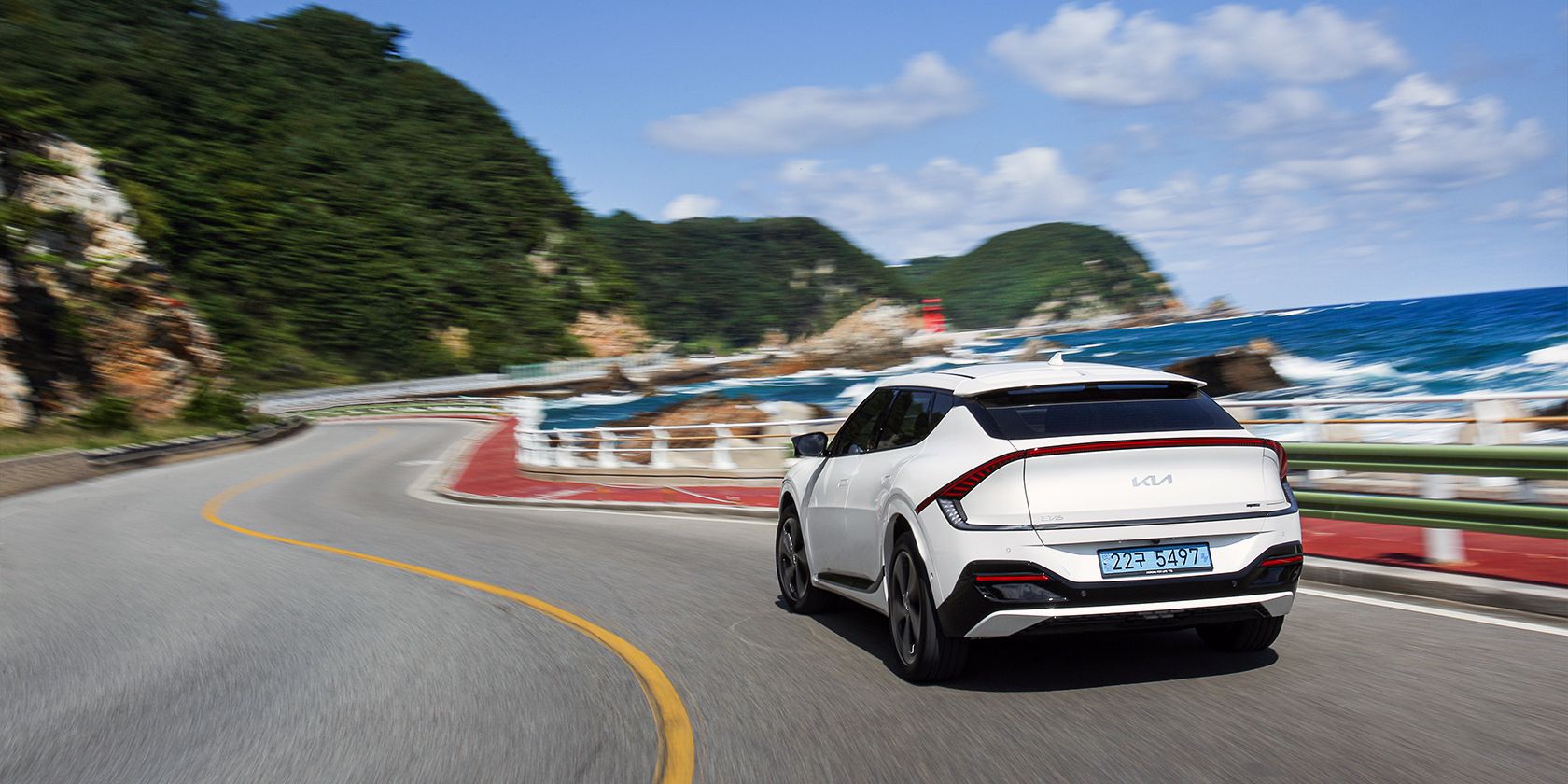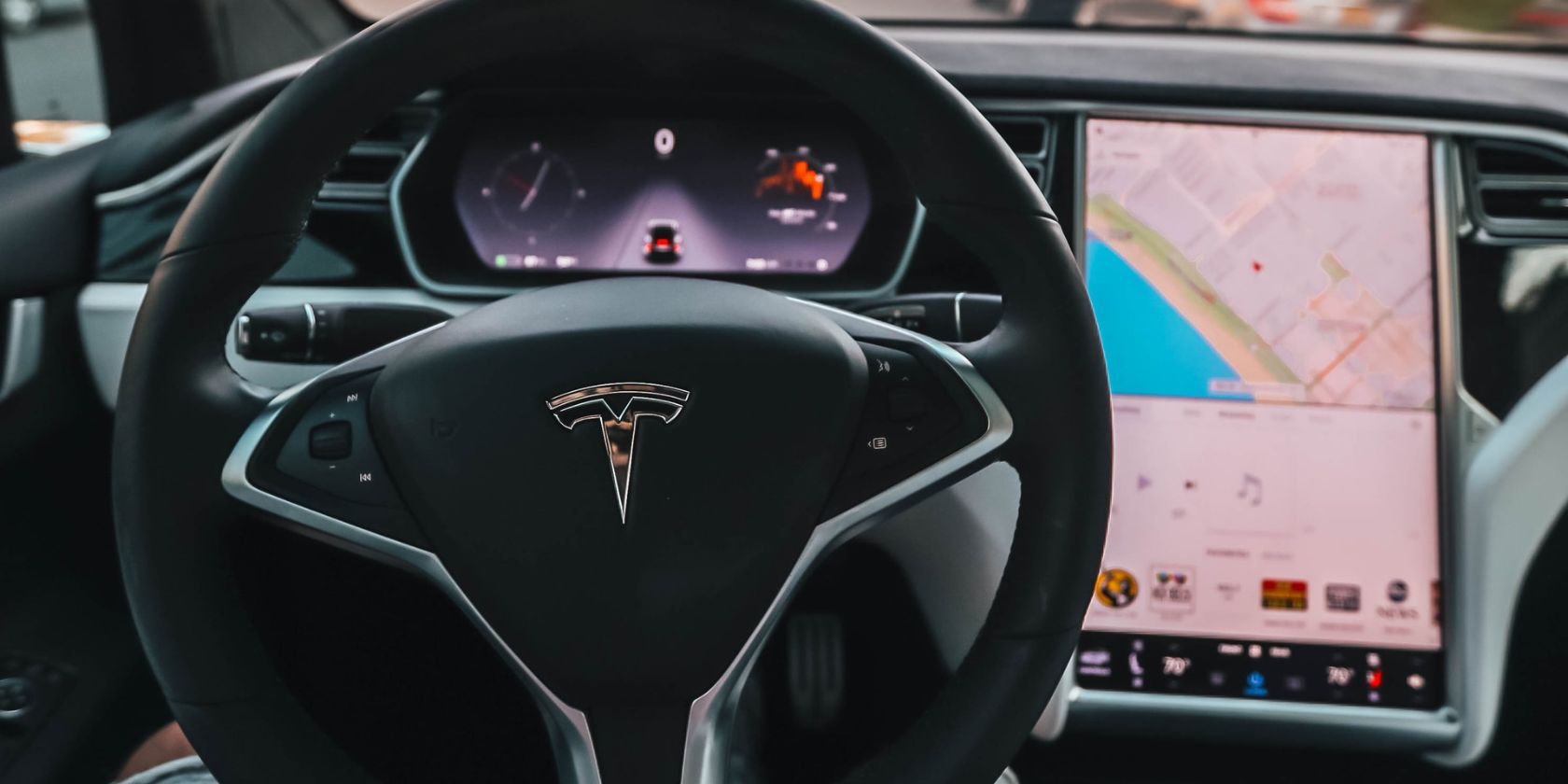As electric cars become more popular, more and more people are transitioning from internal combustion engines to EVs. For most people, the experience of driving an electric car is similar to driving a gas-powered vehicle, except it's quieter, and you don't need to stop at a gas station.
However, there is one driving mode electric car users can access that no gas-powered vehicle can have: single-pedal driving. But what exactly is it, and what does it do for you? Find out below.
How Single-Pedal Driving Works
Single-pedal driving is operating a motor vehicle using one foot only. Instead of stepping on the accelerator to speed up your vehicle and the brake pedal to slow it down, you only use the accelerator pedal to accomplish both.
In single-pedal mode, the car will move forward as soon as you step on the accelerator pedal. But as soon as you let go of it, it will automatically slow down your car. It's similar to engine braking—where the speed your wheels spin on the tarmac is limited by the speed at your engine is turning.
Energy Spent Stopping a Speeding Vehicle
When you hit the brakes, you're converting kinetic energy (i.e., your car's movement) into thermal energy. This is then dissipated into the atmosphere as waste heat.
The faster you go, the greater the braking force you apply. So the harder you step on the brake pedal, the hotter your brakes will be. If you watch professional motorsports, you'll see the brake discs on speeding cars glow red hot—that's a lot of heat.
Alternatively, you can use engine braking to limit your car's speed. It's similar to braking, but instead of using your pedal brake to reduce your wheel's rotating speed, you're using low gears to prevent the car from speeding up. This time your wheels' energy dissipates as heat in the engine instead of the brake pads and discs.
It is nearly impossible for purely internal combustion engine-powered vehicles to capture the energy lost on braking. That's because those cars store their energy in liquid form. As of now, there is no available technology that can capture heat and convert it into gasoline.
Harvesting Energy While Braking
But if you're driving an EV or hybrid car, you can use regenerative braking to capture the energy lost while slowing down. The engines on gas and diesel cars only turn one way, and any resistance to it is lost as heat.
However, vehicles with an electric engine can use it in two ways—a motor and a generator. When an electric vehicle accelerates, the car sends electrical current from the battery to the motor. It then converts that electricity into motion using the electromagnet in the motor.
But once you stop delivering electricity to the motor and it's still spinning, it turns into a generator. So, if your car's wheels are still moving and you're not using electricity to spin the electromagnet in the motor, it will produce a current. Your car will then use this current to recharge your battery.
Stepping on the Brakes vs. Single-Pedal Driving in an EV
While regenerative braking also happens when stepping on the brake pedal, it's not as effective or efficient as single-pedal driving. That's because the car's braking system works when you step on the brakes. Again, it depends on the vehicle, but if you press hard enough on the brake pedal, it will engage the brake pads, thus releasing some of your forward energy as heat.
But with single-pedal driving, your car will never activate the brakes. Instead, your momentum is recaptured by the motor/generator and used to recharge your car's battery. In fact, by using this same principle, you can fully recharge an EV by towing it. This method of recharging an EV is inefficient, though.
According to a report by Electrek, Tesla owners have increased their range by 28% to 32% through energy recapture. That is an extra 120 miles out of the maximum 405-mile range of the base model Tesla Model S.
No More Coasting
Whether driving long-distance or taking a two-block hop, you should always strive to improve your EV range. Not only does it help you save money, but it's also good for the environment, as you're reducing wasted energy. After all, as long as our energy sources aren't 100% green, you're still generating a carbon footprint while driving an EV.
Drivers used to internal combustion engines use coasting to save on fuel. That's because they're using earth's gravity and their existing momentum to drive their vehicle forward. However, sooner or later, we all must come to a complete stop, so we still have to use the brake pedal.
But on an EV, you can use single-foot driving to recapture energy as you're slowing down instead of coasting. When you get used to your electric car's single-pedal driving mode, you can estimate the distance it will take to come to a complete stop from a given speed. With that, you can safely and confidently know when to release the accelerator, and you'll come to a complete stop at just the right spot.
Extend Your EV Range Using Single-Pedal Driving
While most electric vehicles operate like their fossil fuel-powered forebears, they also have new features that make car ownership more convenient and affordable. One such feature is the single-pedal driving option, which allows drivers to extend the range of their car beyond what is expected. Although it will take time to get used to, its added benefit makes it worth learning.
Many EVs come with new technologies that first-time EV owners should discover. Whether this is single-pedal driving, full self-driving, or even just the frunk, it's something that you should utilize when you get your first electric car. After all, if you're paying a premium on technology, you should make the most out of it.
Furthermore, as most of these features make us more efficient, it'll help us save on electricity consumption. While it may be small in the grand scheme of things, if you multiply that by millions of cars on the roads, you're looking at significant reductions in humanity's carbon emissions.



